There’s nothing like a home-cooked Christmas feast. But getting those roasts just right can be a little daunting for even the most seasoned home cook. Read on for expert advice and foolproof tips for a perfect festive dinner.
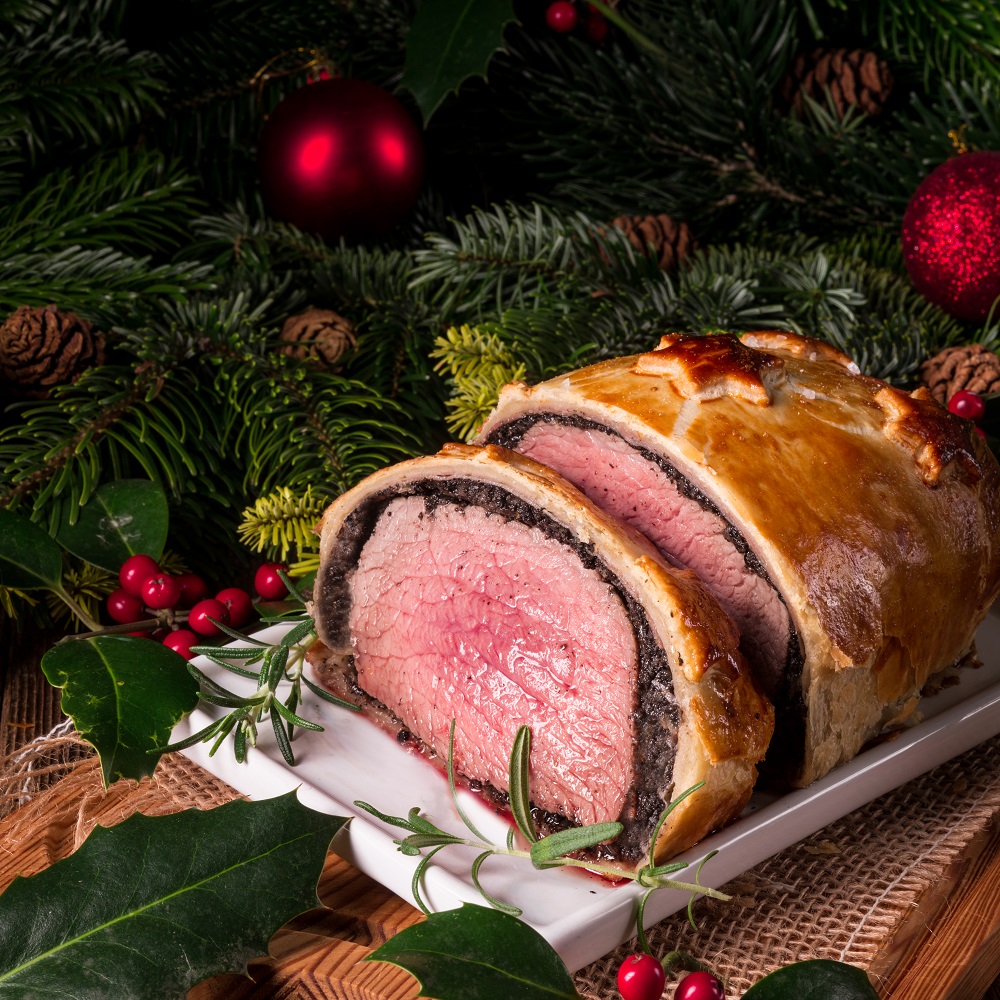
T'is the season to enjoy a tender and juicy Christmas roast. Step aside turkey. This year we’re focusing on other sumptuous roasts such as roast beef, rack of lamb and beef Wellington. Three chefs give us their expert tips on how to choose the roast that’s best for you and cook it stress-free to impress your guests.
THE RIGHT CUT
So how does one choose the ideal cut of beef and lamb? “Before deciding on your choice of cut, always consider the preparation method and cooking duration. For instance, if you’re serving your dish medium-rare, opt for cuts with marbling since the fat within the muscle will not melt away. But if you are looking to braise or roast your meat over a long duration, choose cuts with more connective tissues such as the leg or shoulder,” says Carlos Montobbio, head chef of Spanish restaurant Esquina.
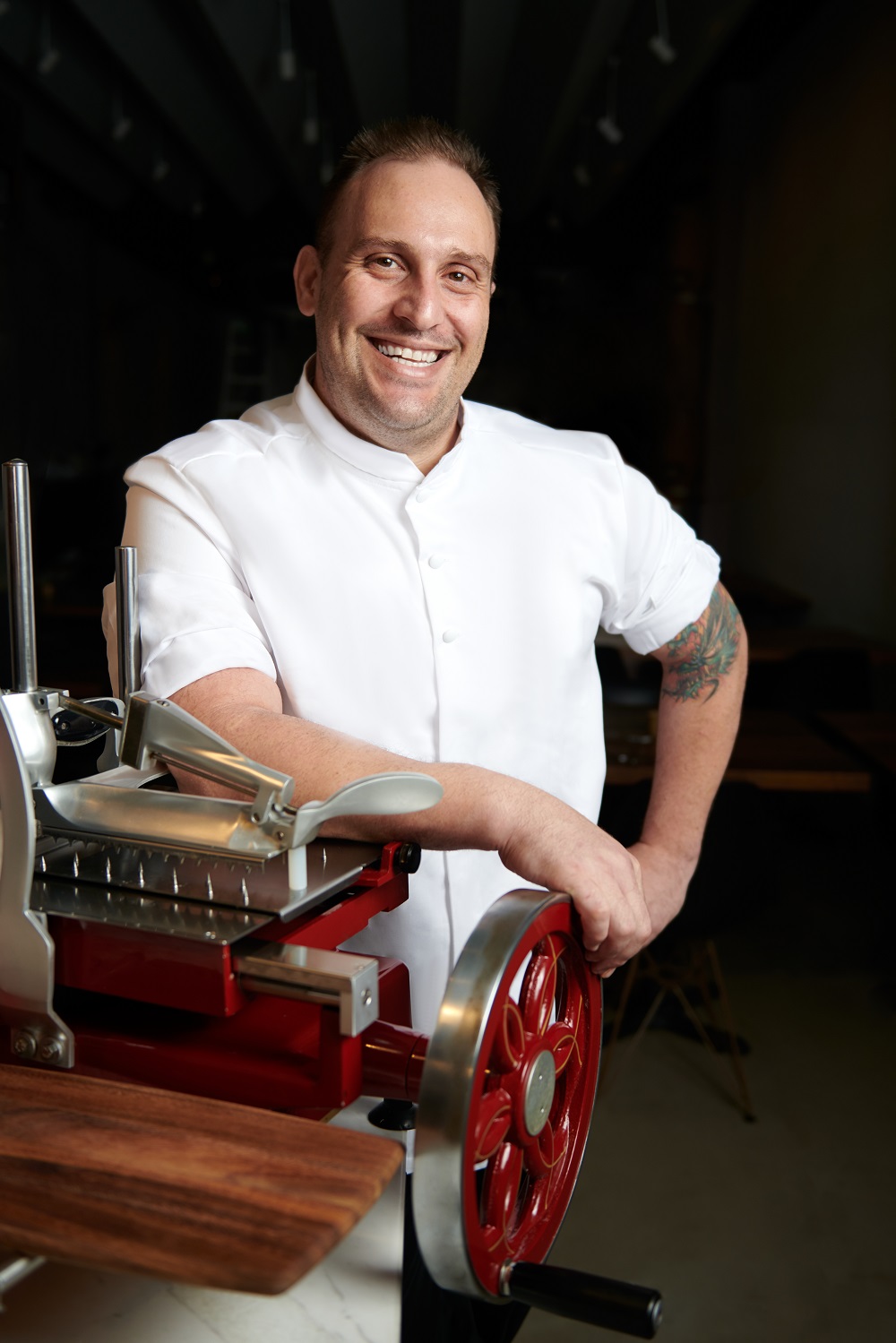
Chef-owner Drew Nocente
Chef-owner Drew Nocente of Salted & Hung, a contemporary Australian restaurant, shares his go-to cuts. “For beef, a nice ribeye will always make an excellent roast. Lamb bone-in leg is always good, as cooking on the bone will give it a nicer flavour. Be careful not to trim off too much fat as fat is flavour and it will help to make sure that the meat doesn’t dry out”.
Desmond Tan, grill master and chef of Fyregrill (an online butchery specialising in Australian grain-fed and grass-fed meats) and Fyregrill Store and Academy (which retails BBQ grills and conducts cooking classes) agrees. “Choose the cut of meat based on the cooking method you intend to use, for example, grilling, pan fry, roasting, slow cooking and smoking. Muscles on the animal such as shanks, chuck, cheeks and briskets that do a lot of work are very tough and require a longer cooking time. Muscles that do not get a lot of movement tend to be more tender such as tenderloin, ribeye, striploin, rump and flank. They can be served pink so they require relatively less cooking time. For beef, use ribeye or striploin for more tender roasts, while the rump or rump cap has a heavier beefy flavour. Likewise for lamb, use a boneless leg or shoulder.”
BOOSTING THE FLAVOUR
All the three chefs recommend leaving on some of the fat. Montobbio says, “If we are going to roast the meat, we should only trim off any massive chunks of fat. Remove the silver skin when cleaning a ribeye or tenderloin, but ideally, leave a layer of fat to protect the meat from drying out in the oven. It can also be used to produce a delicious sauce after you’re done cooking your meat. If you're grilling a tenderloin or ribeye, trim off most of the outer layer of fat but leave just a bit so that it melts and drips onto the embers, producing a nice smoke for the meat.”
Likewise, Tan says, “It’s not recommended to remove all visible fat as fat gives flavour and protects the meat keeping it moist while roasting. The fat will render during the cooking process creating a basting effect and helps the meat achieve a nice caramelisation. Keep a thin layer of fat on your roasting joint and put the fat side on top when roasting. However, if there’s too much fat on a piece of meat, trim some of it using a sharp kitchen knife without cutting into the muscle.”
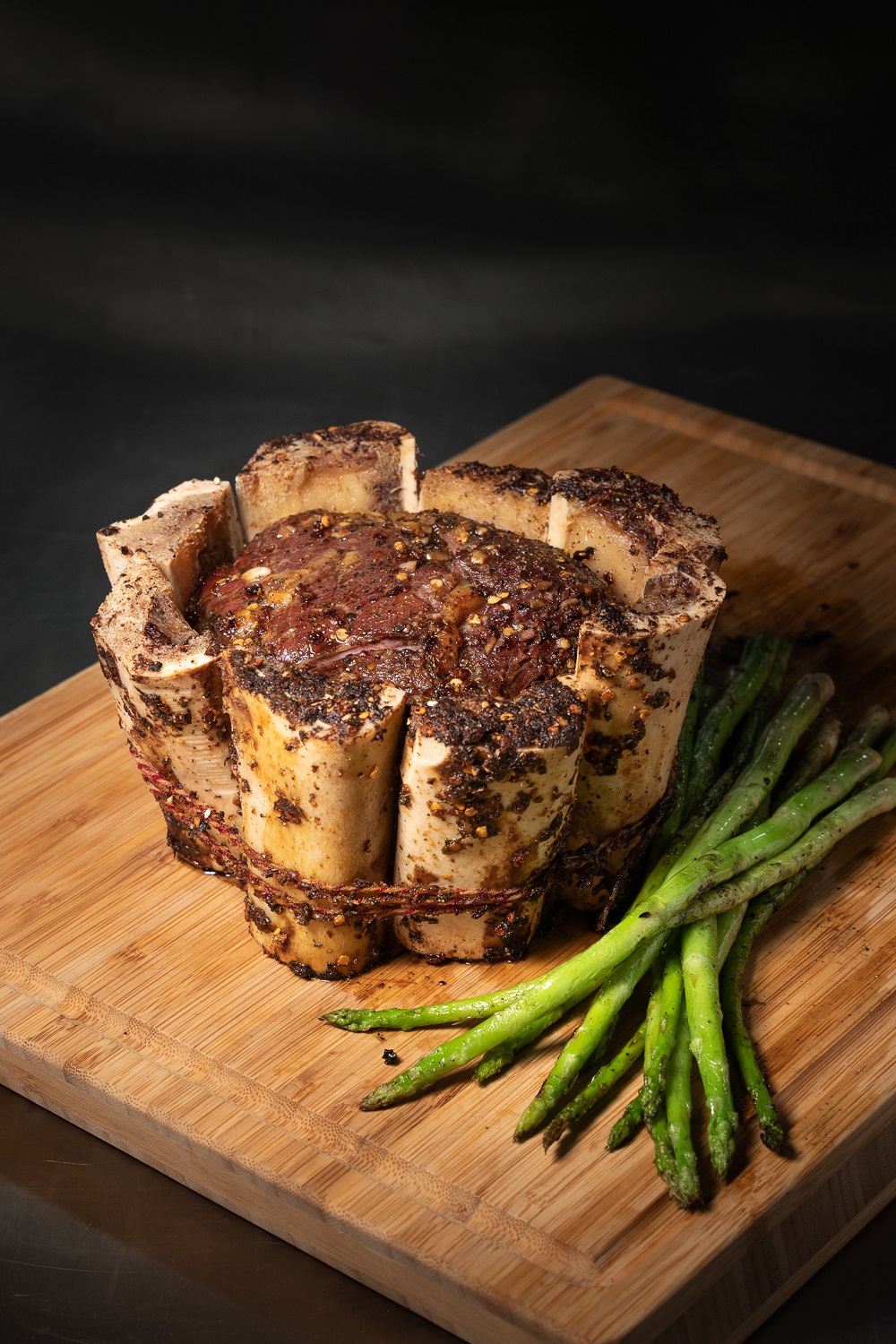
Ribeye and Bone Marrow Cake by East Side Butchers
WHEN AND HOW TO SEASON A ROAST
“Seasoning is subjective," says Nocente. "This is where you can be creative and do some great tasting marinades, brines and rubs. I like to brine the lamb with 2 percent salt, juniper and rosemary for 12 hours before roasting it.
Montobbio concurs but offers a slightly different point of view at the same time. "There is a lot of debate on this! I was taught at culinary school to always season your meat once it’s done cooking and left to rest, so that it doesn’t lose its juices when it’s cooking. I agree with this for quick cooking methods such as grilling, but when you’re cooking your meat for long periods of time, I prefer to season the meat throughout – before, during, and after you’re done cooking. One of my favourite ways to season meat is by brining it. I would definitely recommend brining your roast to make it more tender and evenly seasoned. Just a simple 10 percent salt brine will do. It takes about an hour for chicken or pork ribs and two hours for pork belly, lamb legs and beef short ribs. Do also make sure to add a bit of water in the oven so that the meat doesn’t dry up and keep basting your roast often so that the fat and juices are absorbed back into the cut of meat.”
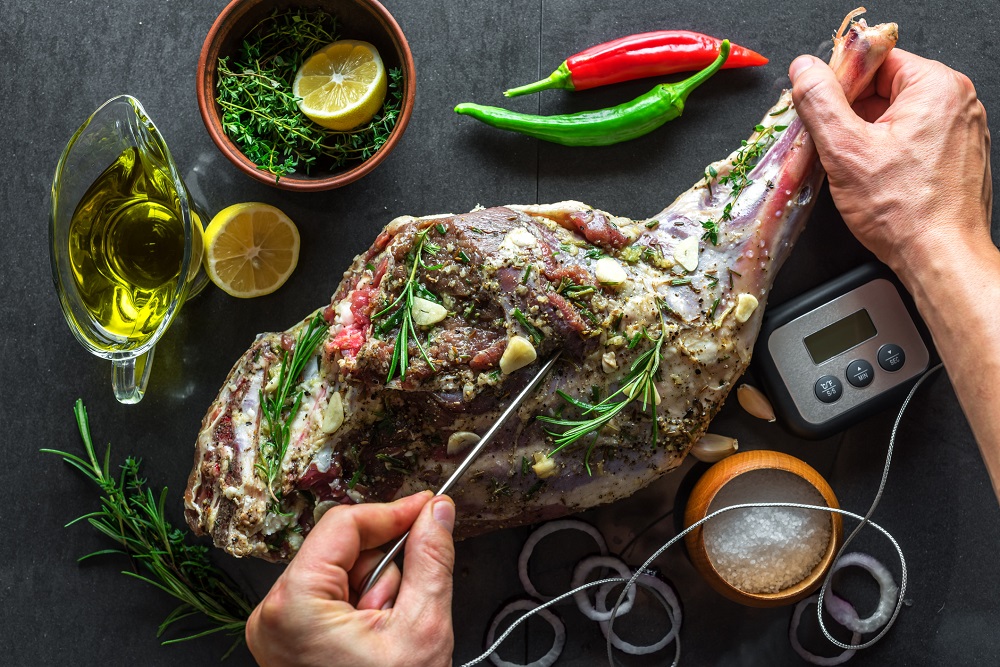
Use a good meat thermometer to gauge the doneness of your beef and lamb
And according to Tan, the general rule of thumb is to have a thin layer of salt covering the entire surface area of the meat. “When it comes to seasoning, less is more. You can always add more later but you’ll not be able to remove excess. So if you over salt the meat in the beginning, it’ll be best to try and remove it before cooking. The best time to season the meat depends on its thickness. The thicker the meat, the longer the time required. The thinner the meat, the shorter the time required. Generally the best time to season would be one to two hours before cooking, to allow the salt to penetrate the protein,” he says.
RECOMMENDED ROASTING TIMING
Montobbio says, “The timing really depends on your cut and the oven you’re using. However, sous vide cooking is a much more consistent method so I would sous vide lamb leg roast for 18 hours at 63°C and roasted beef short ribs for 48 hours at 58°C.”

Head chef Carlos Montobbio
Tan adds that cooking times are also dependent on the thickness of the meat more so than the weight of it. “The thicker the meat, the lower the temperature, the longer the cooking time. The thinner the meat, the higher the temperature, the shorter the cooking time,” he says.
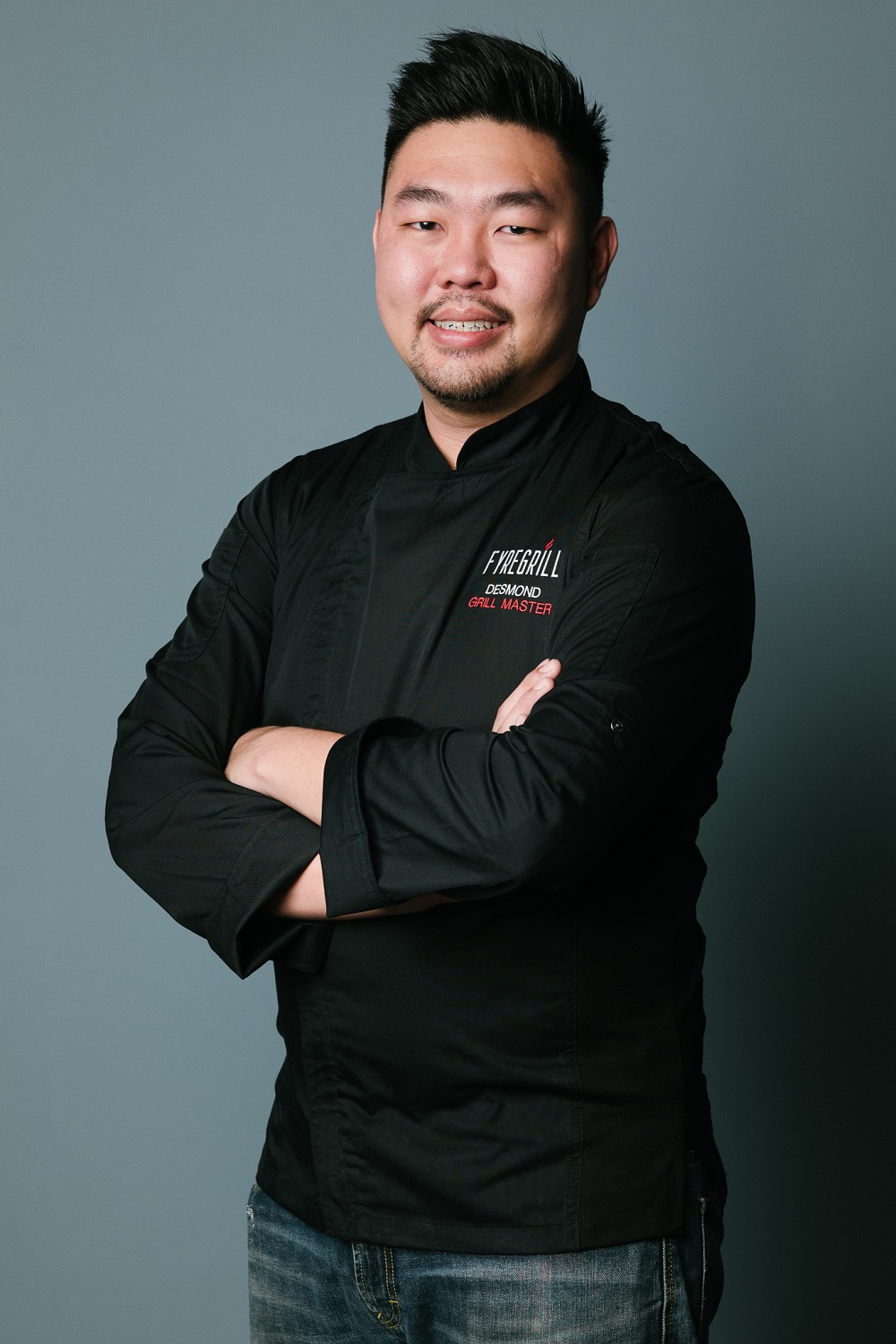
Grill master and chef Desmond Tan
Finally, Nocente suggests going with a medium rare roast beef at about 20 to 25 minutes per kg; a medium leg of lamb at about 25 minutes per kg; and setting aside 35 to 40 minutes for a Wellington. “For roast beef, it is best to cook the meat to a medium rare doneness at a temperature of 55°C. A Wellington is the same process as roast beef. Remove the meat from the oven when it reaches 50°C and let it rest to 55 to 57°C before carving. For lamb at medium doneness, remove from the oven at 54°C and let it rest to 60°C.”
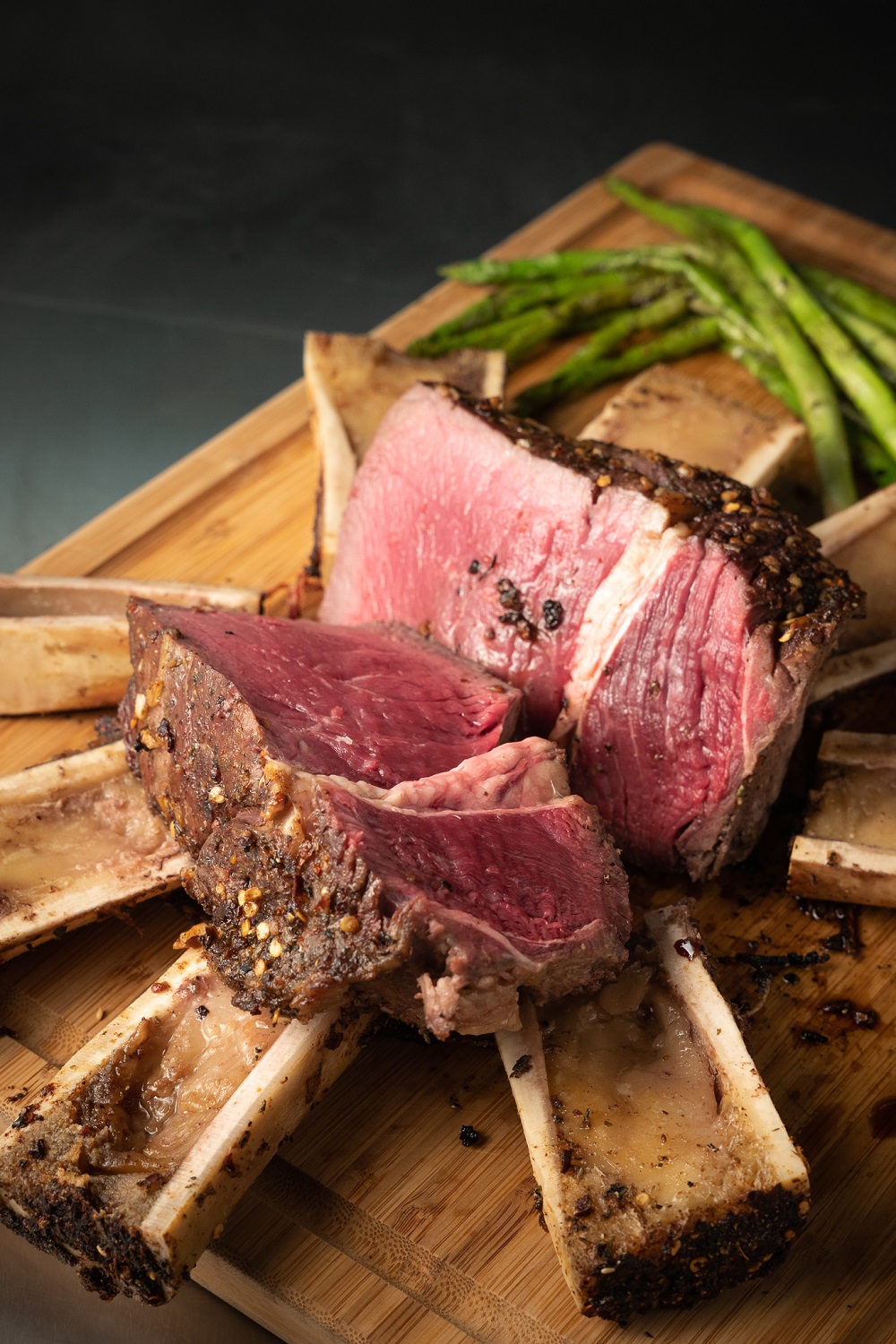
Ribeye and Bone Marrow Cake by East Side Butchers